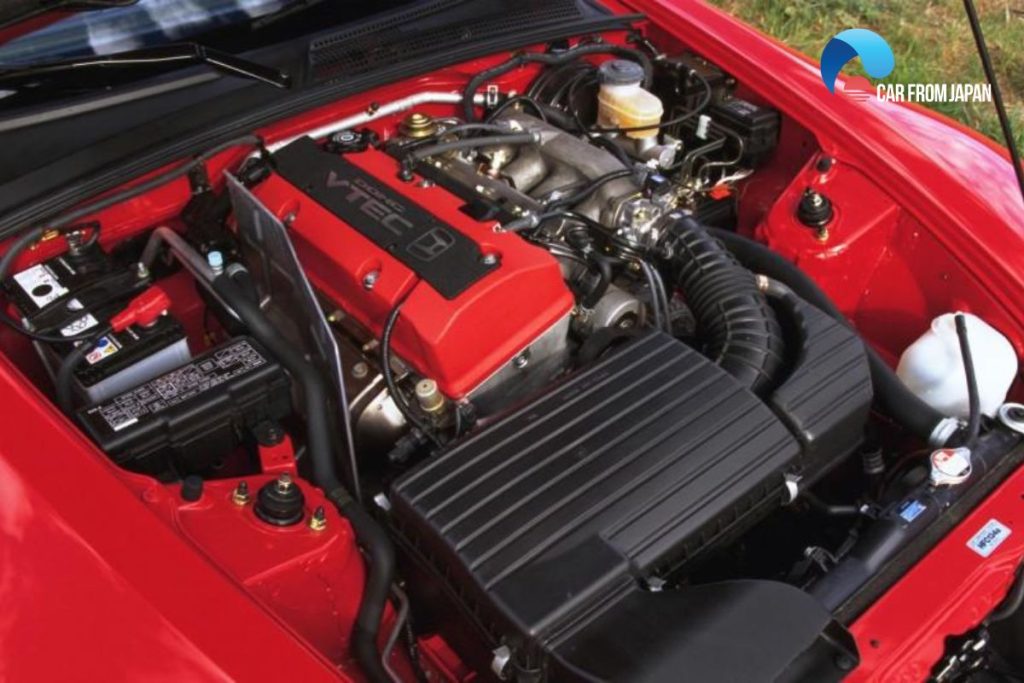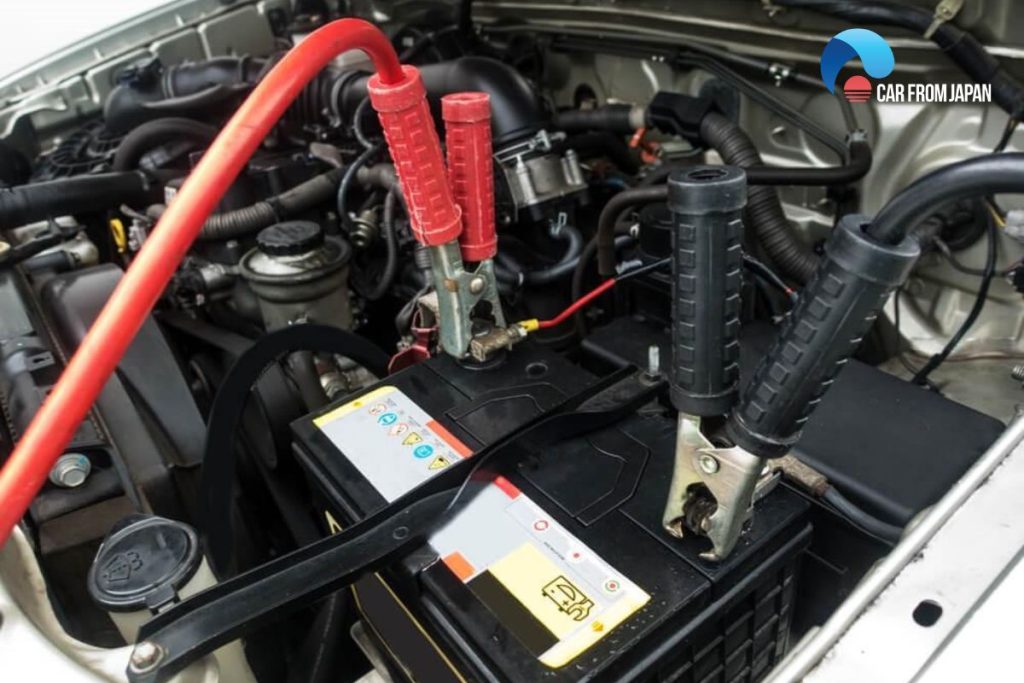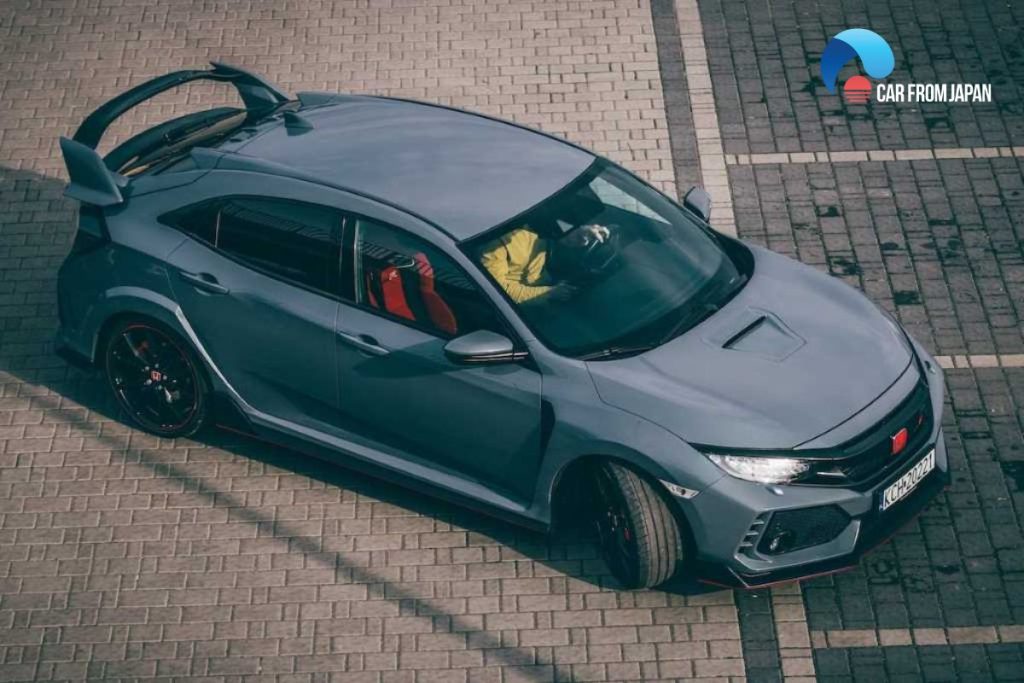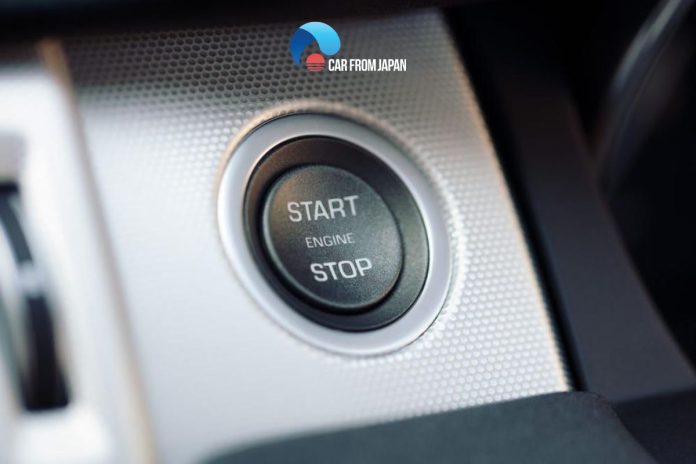How many amps to start a car? Have you ever been curious about that? You may need to jumpstart the car or purchase a new battery and grasp the basic amp requirements!
Contents
- How Many Amps To Start a Car?
- The Important Factors To Consider For AMP Requirement
- FAQs On Car Amps
- How many amps are needed to jump-start a car?
- What are the minimum amps to start petrol and diesel cars?
- How can I determine the right cold-cranking amps (CCA) for my car?
- What if my car doesn’t start even with a strong battery?
- Are there any risks associated with using a higher-amp battery to start a car?
- What’s the difference between cranking amps (CA) and CCA?
- Conclusion
How Many Amps To Start a Car?
Most small to midsize cars won’t need more than 400 amps. It’s likely to be enough for most compact SUVs and light trucks.
Bigger vehicles will need more amperes, probably 1,000 amps. Remember that the amps required to kick off the engine are always lower than the cold cranking amps (CCA) of the battery.
Another thing to consider is that a high-amp jumper can kickstart a car that requires a lower amount of amps.
For example, a 1,000 amp jumper will work for a vehicle that needs 500 amps to start. But it won’t be sufficient if the vehicle requires 1,300 amps.
If you buy a 400-amp unit, it won’t boost a car that needs 800 amps to start. But the car may not respond because of a dead battery.
You may have left your car radio or a light turned on overnight, which drains out the battery. In that case, a 400-amp unit can charge the battery, which can easily restart the engine.
Just connect the power unit to your battery and wait a few minutes to let it get recharged.
Buying a high-amp power pack is the right decision, but a cheaper 400-amp pack is not bad either. You can use it 30+ times for effortless boosts of your vehicle.

The Voltage Calculation
So, now you know how many amps to start a car, but the estimation is a little different for the voltage. If you have a 6V battery, don’t plug it into a 12V source or else it will blow up.
The starter motor’s power is calculated on wattage, which you get by multiplying volts by amps). For a 12V battery, the engine will require approximately 200 amps for starting off. But the figure will increase when the battery drops voltage.
So, the things to remember are that you can use a more powerful amp-pack but not a more powerful volt pack.
The Important Factors To Consider For AMP Requirement
There is no straight answer to the amp requirement for starting a vehicle. Several factors play into this, including the operating voltage and the state of the starter and wires.
But the key factors are the engine size, type of oil used, and ambient temperature.
A small engine may need only 50 amps for the initial boost, but a bigger engine will need more amps. Similarly, other factors also determine the number of amps.
Oil
The fuel used in the car or its viscosity, to be more precise, plays a role in determining the amps. For example, an engine using a 5W-15 oil will start more easily than the one using a 40W oil.

Temperature
Ambient temperature actually affects the engine oil, not directly the battery amps. The oil becomes thicker in colder temperatures, resisting a free flow. For this reason, the battery draws a higher amount of current at lower temperatures.
See More: How to Detect a Blown Car Amp
Engine/ Fuel type
It’s essential to recognize that cars equipped with diesel engines typically necessitate more amps for a successful ignition compared to their gas-powered counterparts. This disparity arises from several factors unique to diesel engines.
Diesel engines boast a higher compression ratio, employ heavier moving components, and circulate a denser (more viscous) engine oil, all of which contribute to the increased power demand during startup.
Additionally, diesel engines utilize a direct injection (DI) pump, which places a considerable power burden on the system during ignition. Furthermore, diesel engines often rely on glow plugs to facilitate the efficient combustion of fuel.
Voltage
Voltage represents yet another influential factor when considering the amperage required to initiate a vehicle. One way to gauge this requirement is by assessing the state of charge (SOC) of a vehicle’s battery.
With a standard 12V battery, the actual voltage levels can fluctuate between 12.7V, indicating a battery with a SOC of 100%, and approximately 10.6V, signifying that the battery has been entirely depleted (0% SOC).
Consequently, a properly functioning 12V car battery can deliver a substantial amount of power, potentially reaching up to 600 amps, contingent upon the specific power demands of the vehicle in question.
Car size
As you may have already observed, the power required to start a vehicle can vary significantly depending on its size.
Smaller cars typically need as little as 200 amps to initiate the engine, whereas larger automobiles and trucks demand a substantial amount of power, often exceeding 1000 amps, to crank the engine into action.

FAQs On Car Amps
How many amps are needed to jump-start a car?
The amp requirement for jump-starting a car depends on various factors, including the battery size, capacity, age, and temperature.
Typically, a jump starter equipped with 400-600 cold-cranking amps should suffice to revive a dead battery.
What are the minimum amps to start petrol and diesel cars?
Petrol-powered vehicles generally demand less power compared to their diesel counterparts, typically falling within the 200-300 amp range.
The specific amp requirement can also vary based on the number of cylinders in the engine.
For instance, a 4-cylinder car typically draws around 200 amps, a 6-cylinder vehicle requires approximately 250 amps, and an 8-cylinder car will need about 300 amperes.
In contrast, diesel engines with the same number of cylinders generally necessitate twice as many amps for a successful jump-start.
How can I determine the right cold-cranking amps (CCA) for my car?
Check your vehicle’s manual or consult with a professional mechanic to find the recommended CCA for your car’s make and model.
It’s crucial to match or exceed this rating when replacing the battery.
What if my car doesn’t start even with a strong battery?
If your car doesn’t start despite a fully charged battery, other issues like a faulty starter motor, alternator, or ignition system could be the culprit.
Are there any risks associated with using a higher-amp battery to start a car?
Using a higher-amp battery than recommended for your vehicle is generally safe as long as the physical size and voltage match. It won’t harm the car’s electrical system.
However, stick with the manufacturer’s recommended CCA for optimal performance.
What’s the difference between cranking amps (CA) and CCA?
Cranking amps (CA) and cold-cranking amps (CCA) are similar, but CA measures the battery’s current output at 32°F (0°C) for 30 seconds, while CCA does the same at 0°F (-18°C).
CCA is a more reliable measure of a battery’s performance in very cold weather.
Check out this video from Johnnysshop to get more information on testing your battery health and CCA in seconds!
Conclusion
So now you know how many amps to start a car, hope you can jump-start a car in confidence with basic knowledge of the amp requirements today!
For more insightful Car maintenance tips, follow Car From Japan today!



